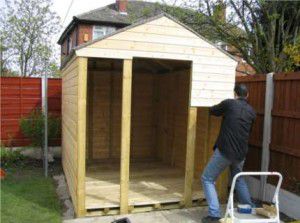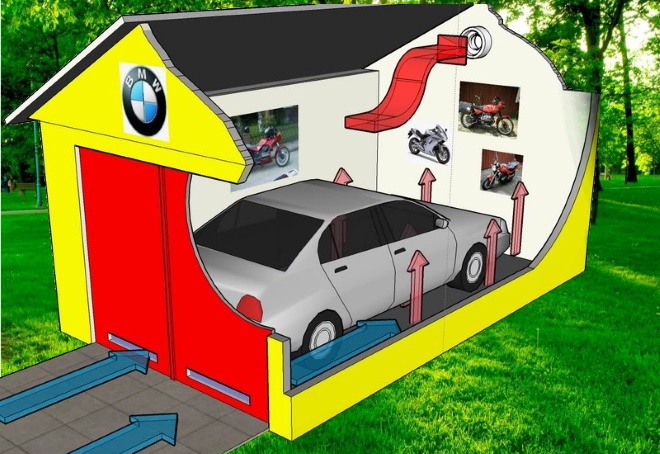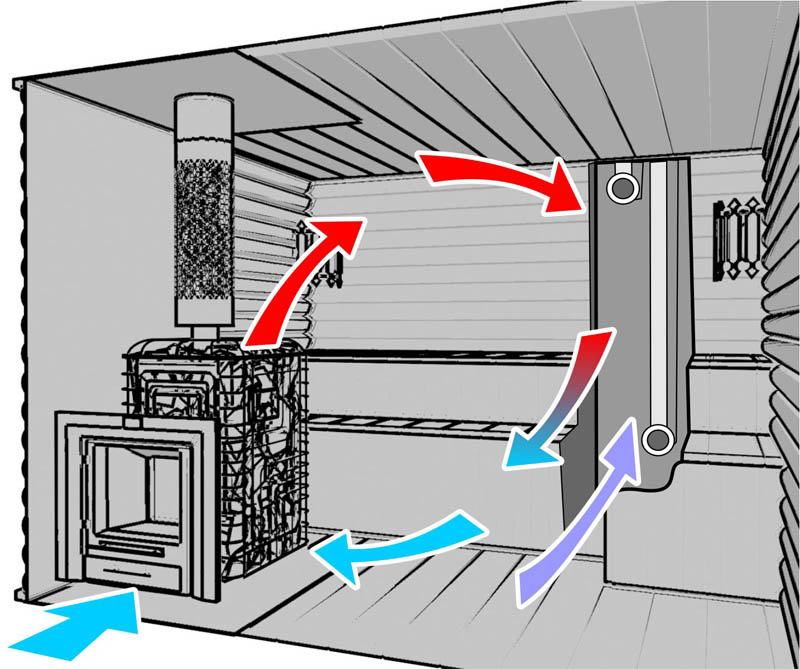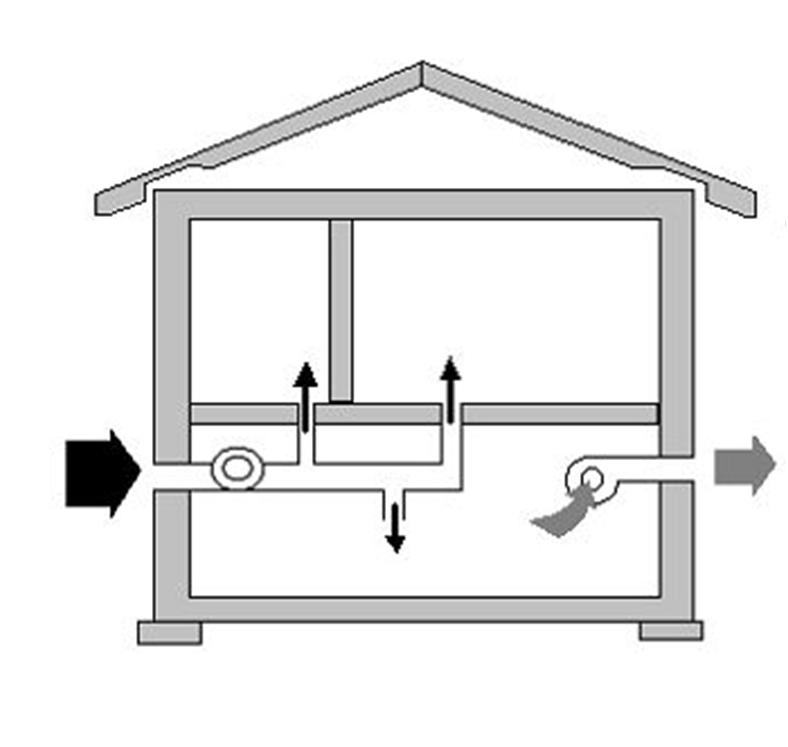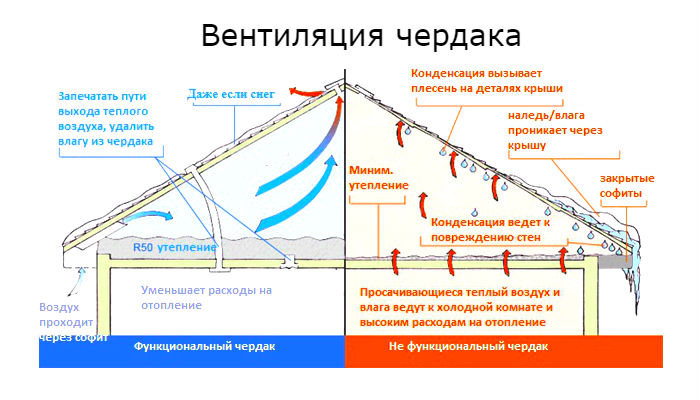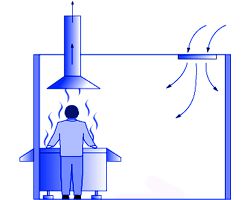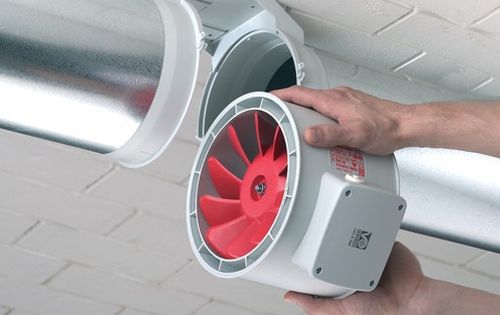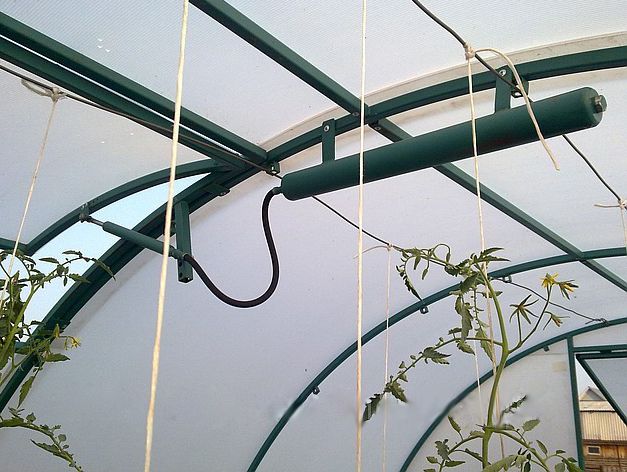As a rule, ventilation in the barn is required by the owners who use it as a chicken coop, cowshed. In winter, birds or animals are constantly in the barn. Their waste products emit ammonia, and they themselves exhale carbon dioxide in huge quantities. Simple airing of the barn is impossible when it is twenty-degree frost outside. Therefore, zealous owners provide the cattle with fresh air, equipping ventilation in the barn with their own hands.
How to make ventilation in a barn
Large diameter pipes (10 - 15 cm) are suitable as air ducts; they can be of any section (round or square). Pipe connections should be made tight, otherwise there will be no draft.
The inflow of fresh air into the barn is provided by the outlet of the pipe to the street at the level of the barn floor.
For outflow, holes are made in the three corners of the ceiling and pipes are inserted. They should fall below the level of the ceiling by about 25-30 centimeters. An adapter for the sewage can be put on the pipe exits, so that the two pipes will go horizontally in different directions. The outlet of the exhaust pipes should be closed with special covers - umbrellas so that water does not drip into them and snow does not fall into them.
Carbon dioxide and ammonia are collected under the ceiling and pulled out through the vents. And fresh air enters the barn from the lower pipe.
Forced ventilation of the barn
Forced ventilation in the barn is even easier to organize. But there must be a power source in the room. A conventional kitchen hood is installed without a filter. These models are equipped with an exhaust fan that blows air from the room into the ventilation system. In the shed, it is necessary to bring the pipe outside, and attach the inner end to the hood. If the room contains chickens, it is advisable to cover the hood outlet with a net.
After ventilation is done in the barn, you need to check it for drafts. They are very harmful to any livestock and birds. And in order to regulate the temperature in the hen house in winter, a plug is installed on the inlet of the inflow pipe. It can be removed at any time or pushed back a little, leaving a very small gap.

